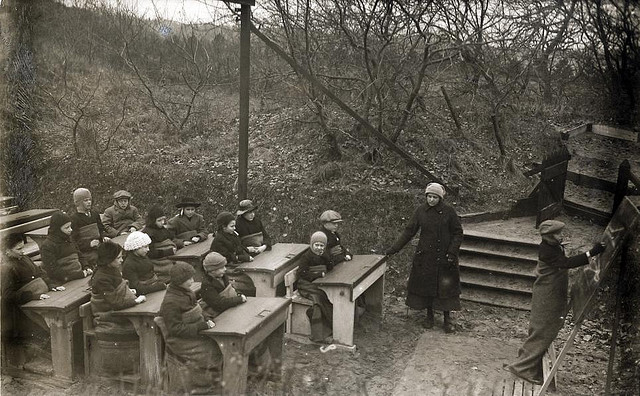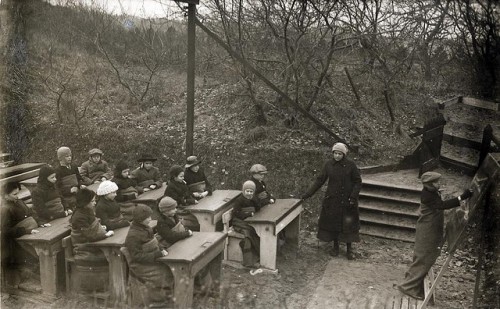There are many different beliefs about how people learn. Within schools, these theories are applied by teachers to maximize the experience of students. By applying an applicable theory that is prevalent to the students, the teachers can help students to retain pertinent information. This applies to how learning theories and special education can work together.
In special education classrooms, teachers need to apply these learning theories, so that students in SPED classrooms can get the most out of their learning. Some of the theories that apply to special education classrooms are: Gestalt, Connection Theory, L. Atincronbsch and R. Snow, Component Display Theory, Gagne’s Conditions of Learning, Cognitive Load Theory, and Sign Learning Theory.
The Gestalt theory is good because it encompasses grouping, which may make it easier for students. It is important to remember, however, that some connections may need to be made for students both verbally and in application because all of the students in an SPED class may not be able to connect the dots independently. The Cognitive Load theory and Sign Learning theory discuss this thought of simplifying and perhaps drawing lines to fully help students learn. A way to help connect the dots for some special education students is the Connection theory. It is based on the students learning from the cause-effect relationship of stimuli and response. Component Display Theory and Conditions of Learning are based on including a variety of elements to learn from both verbal and hands-on. They also discuss a similar structure that is helpful to follow during the learning process.
Taking all of these learning theories into account, the instructor can teach lessons based on how the students will learn the information the best. This seems to interfere with the beliefs of inclusive school settings. Since special needs children are different and learn differently, a traditional teacher may not be directing her lessons at this minority group. One of the mothers I currently work with wants to only have her child in inclusive classrooms. She has even fought a private school to allow for this. It is because her daughter is doing great at learning from peer example, something that the inclusive environment is best for. However, this does not mean that the teacher will be as well prepared to teacher her daughter. This seems to be the most difficult part of learning theory, clumping the kids into one or two categories, when in fact each are so individualized.
NBPTS, the National Board for Professional Standards, encourages teachers to discover their own belief in teaching theories. This helps to provide self-awareness of the teachers. By providing a structure for teachers to be reflective, it can help to assess the teachers’ job at teaching and reaching their students, which in turn helps improve the overall educational environment.
It can also allow teachers to recognize how they are learning best, so that they are encouraged to continue expanding their knowledge. For example, I learn best from a multi-approach, such as the Component Display theory discusses. I also learn well from anchored instruction, Adult Learning, Social Learning theory, and Cognitive Flexibility theory.
I talk with a couple of my families this week about their optimal learning environments and experiences. It seems some learn best when they can apply it to rules, some when they can group it, and some when they are actually applying it. I side with those who learn best with application. Their seems to be a consistency between those I asked and my own beliefs that special needs children learn best from simplified lessons, in non-distracting environments, with fun lessons that they can see and feel the cause-effect of. However, it is not always possible to make all lessons agree with what the child wants to do.
It is important for both parents and teachers to remember to have patients with their children. It is also great to remember that there is a long list of theories that can be applied as different strategies to help teach children, so one is not working, find a new one.


I am one that also feels that it is best to learn by application. I also feel that students with special needs learn best by appling on the spot and consistancy.